Amazingly beautiful blooming lilies in a flowerbed will leave few people indifferent. Many gardeners grow them not only in open ground, but also in residential premises. It is also worth mentioning the stunning variety of varieties of this beautiful plant. Such popularity of the latter is explained by its unpretentiousness and ease of care. For beginners, it is important to acquire information about the rules of cultivation and try not to break them. After the end of the flowering period, lilies require certain work.
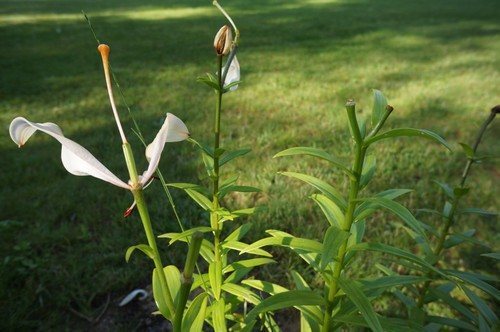
Trimming flower stalks without removing the stem
The basic rule is to cut only flower stalks, which also draw nutrients in a decorative form. The fact is that even after flowering has completed, the leaves and stems continue to provide vitality to the plant. Their removal will lead to growth cessation, cessation of bulb development, and deterioration of ripening. The same reasons explain the ban on removing annual roots, which additionally provide the bulb with nutrition.
The unsightliness of the flowerbed after the end of flowering time is easily masked. For this purpose, tall grass or annual plants are planted to hide the appearance of fading lilies.
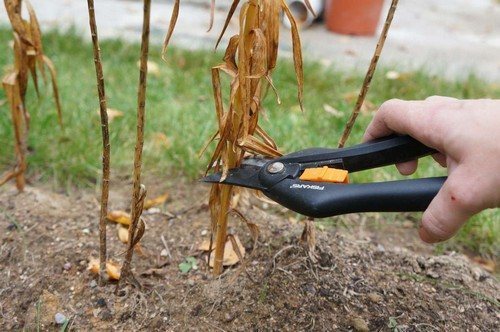
Feeding after flowering
Lilies require regular addition of nutrients, including after flowering. At this time, a potassium-phosphorus complex fertilizer is best suited. The use of mineral mixtures is not recommended due to the short-term effect.And normal ripening of bulbs requires a long-term supply of abundant nutrition. In addition, it has been noted that repeated use of mineral fertilizers leads to an increase in the disease of flowers. The latter, in this case, do not survive the winter well, and then bloom weakly.
Organic fertilizing is good at this time. But the use of fresh compost and manure is prohibited. The latter can cause damage to the bulbs and the occurrence of dangerous diseases. As a result, the development of the plant slows down. Therefore, in most cases, safe introduction of special agents is practiced.
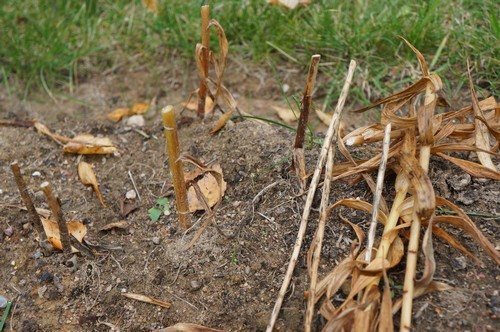
Transplanting lilies
Readiness for transplantation appears a month after the end of flowering. During this time, the underground part will mature well and accumulate the necessary amount of nutrients. Early transplantation will lead to poor rooting or death of the plant. Traditionally, flowers are transplanted in early August after the stem and leaves have completely withered. The dead part of the plant is separated, and the bulb is treated with a disinfectant solution. If the green appearance is preserved, radical pruning is carried out.
The day before planting, the bulb is thoroughly dried in a shaded place and treated with a solution of potassium permanganate or charcoal. Then the roots are shortened a little and the planting material is planted in a pre-prepared place.
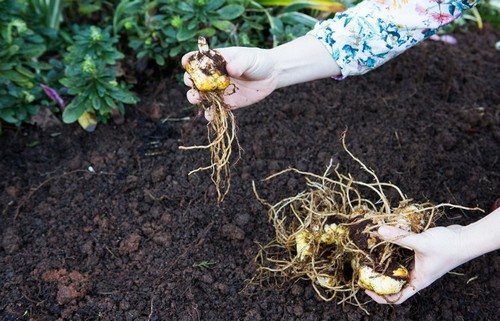
Proper care has a significant impact on the size and duration of the flowering period of the plant.Therefore, you should not refuse to care for lilies, especially since the care process is not too labor-intensive and does not require much time.


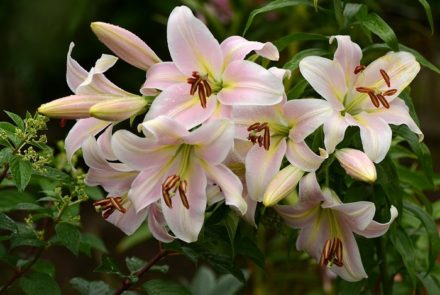



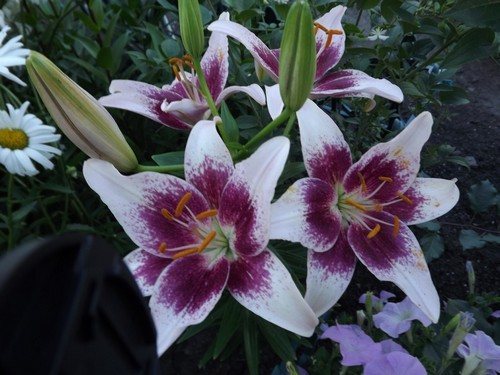


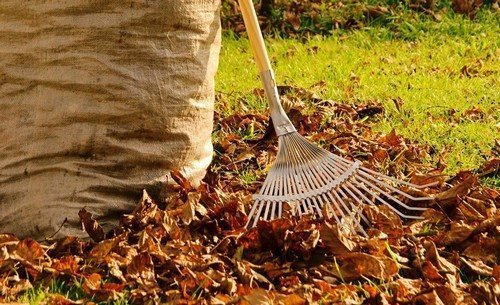
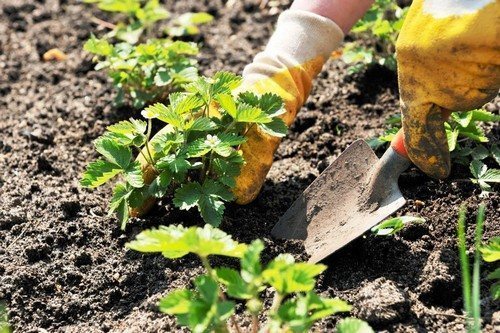

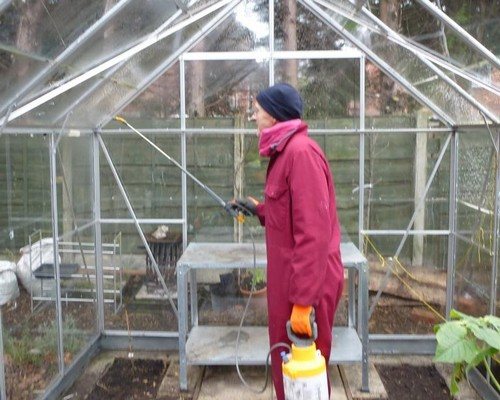
I bought sprouted lily bulbs in August-planted them-they started growing((How can I save them? Today they are about 15 cm high-I understand that they will die in winter((Maybe I should transplant them into pots and grow them at home until spring? Please advise what to do?